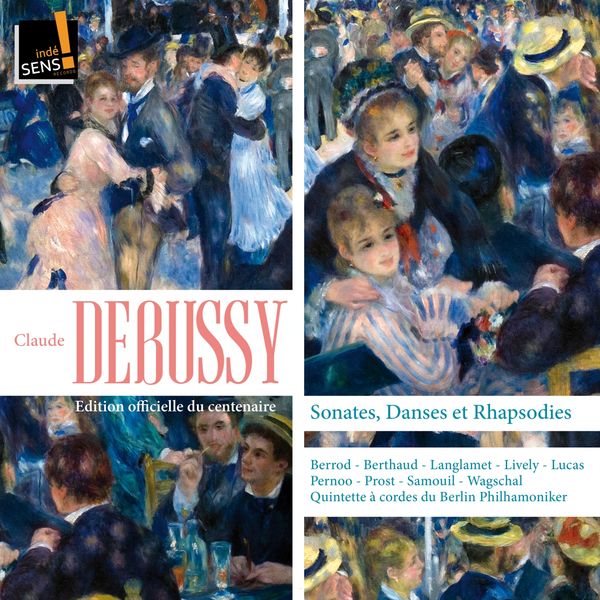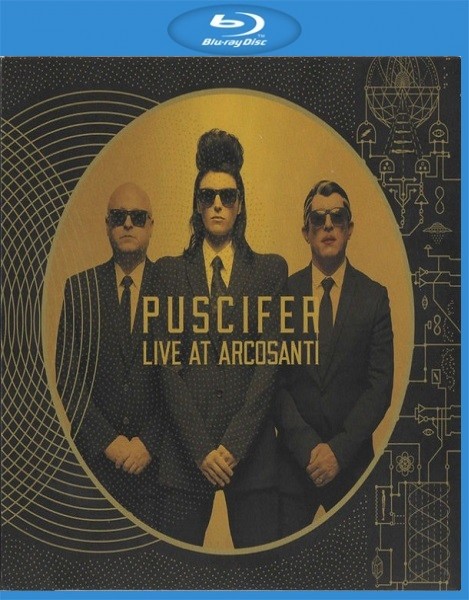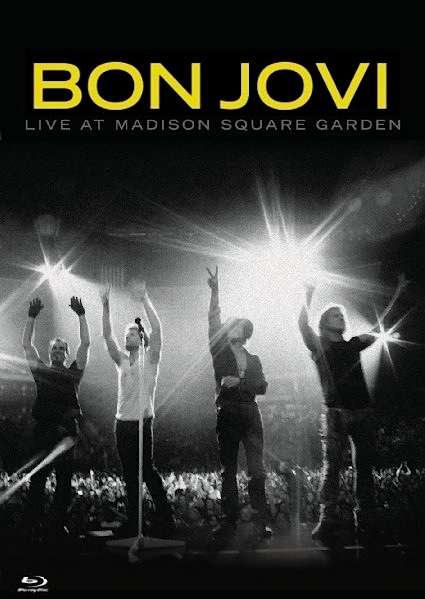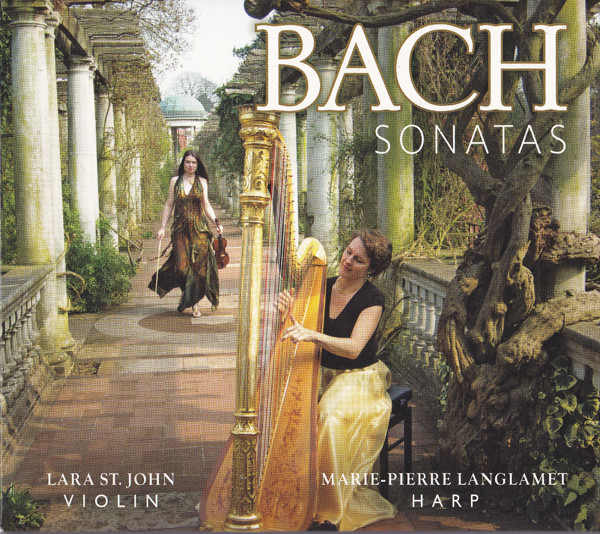
Tatiana Samouil, David Lively, Marie-Pierre Langlamet, Lise Berthaud, Claire Désert – Debussy: Sonates, danses et rhapsodies (2018)
FLAC (tracks) 24 bit/44,1 kHz | Time – 01:12:43 minutes | 618 MB | Genre: Classical
Studio Masters, Official Digital Download | Front Cover | © Indésens
Along with the Etudes and En blanc et noir of 1915, Claude Debussy‘s three sonatas constitute the last will and testament of the composer, who died in Paris on March 25, 1918. It’s not due to there being the final works in Debussy‘s chronology that confer this privilege open them so much as the fact that they perfectly manifest the composer’s ideal of French music distinguished by « clarity, elegance, simple and natural declamation (in which) seeks, above all, to please. How could one better describe these three masterpieces ?
Debussy had a certain idea of French music, and he considered Couperin and Rameau the founders of the tradition and perhaps the only French composers before him worthy of interest. The Sonatas pay undistinguished tribute to them. Moreover, with him, this conception of French music asserted himself as a reaction to Wagner, at a time when it was good form in Paris to swoon when listening to works by the master of Bayreuth. The nationalist feeling and mind bent on revenge are never far off when Debussy speaks of French music. The three sonatas, which with their grace and lightness, where to be antidotes to he « multicoloured putty » and « heroic theatrics of of the Teuton ».
After the war, the remarks became much more harsh. The ailing Debussy felt powerless, and his final works would be his flags. Alongside the troubling little song « the Christmas of children who know longer have a home » or his forgotten Ode à la France, in which the protest is limpid, the sonatas are patriotic simply by their style. The most explicit sign of commitment may be read on the title page of the first edition, written in old-fashioned calligraphy : « Six sonatas for various instruments composed by Claude Debussy, French musician ».
The first sonata was written between July and August 1915. In the Prologue, the keyboard becomes delicately discreet, achieving this wish of the composer : « let the pianist never forget that he must not fight against the cello but accompany it . Here one should notice, at the beginning and end of the movement, the ductility of the cello phrase is how it coils upon itself. The amazing Sérenade exploits the instrument’s pizzicti, some of them even snapping. First in the lower register, they blend with the piano’s sound, then in the upper register, they bring an enigmatic counterpoint to the keyboards little hammering’s. This piece seems to describe the strange fete, slightly tinged with bitterness, and full of extraordinary rustlings. The finale is less opaque, with its breadth of phrase and Spanish-style rhythms. It is a perilous piece requiring of the cello the feats of an acrobat, quickly going from one register to another.
Debussy composed the second sonata the same year, between September and October. It begins with a Pastorale that might be described as joyfully melancholy, the little episodes which it is made up of being so changeable and contrasted. (We might think of it as a musical transposition of the highly particular atmosphere that Watteau’s paintings are steeped in, a translation of what Debussy called that feeling between laughter and tears.) The interlude is a minuet whose initial slow tempo gradually becomes livelier, while the matter also lightens up. Here one has the same impression as in the first movement : that of a delightful uncertainty difficult to define. The finale disperses or that, lively and the rather joyful despite a few quick-thempered runs from the viola and a few muffled ostinati from the harp over which the flute takes flight.
The third and final sonata was completed in March 1917 at Arcachon, on the Atlantic coast. In the opening allegro, one will especially admire the constant renewal of ideas, the sinuous curve of the discourse and the perfect balance between the two instruments. The intermède should be fantastic and whimsical, as the piano and the violin seem to try out formulas there they do not retain, leading up do something that will not arrive, this is still delightful praise of uncertainty. Just like the finale which is thoroughly devoted to the idea of twirling, « to the simple game of an idea spinning round and round like a serpent biting it’s tale » as Debussy described it.
Dominique Druhen – translated by John Tyler Tuttle
Tracklist:
01. Tatiana Samouil, David Lively – Sonate pour violon et piano, L. 140: I. Allegro vivo (04:57)
02. Tatiana Samouil, David Lively – Sonate pour violon et piano, L. 140: II. Intermède. Fantasque et léger (04:06)
03. Tatiana Samouil, David Lively – Sonate pour violon et piano, L. 140: III. Finale. très animé (04:27)
04. Marie-Pierre Langlamet, Lise Berthaud, Vincent Lucas – Sonate pour flûte, alto et harpe, L. 137: I. Pastorale (06:47)
05. Marie-Pierre Langlamet, Lise Berthaud, Vincent Lucas – Sonate pour flûte, alto et harpe, L. 137: II. Interlude (05:54)
06. Marie-Pierre Langlamet, Lise Berthaud, Vincent Lucas – Sonate pour flûte, alto et harpe, L. 137: III. Finale (04:48)
07. Philippe Berrod, Claire Désert – Première rhapsodie, L. 116 (07:55)
08. Vincent Lucas – Syrinx, L. 129 (02:43)
09. Jérôme Pernoo, Elisabeth Rigollet – Sonate pour violoncelle, L. 135: I. Prologue. Lent, sostenuto e molto risoluto (04:33)
10. Jérôme Pernoo, Elisabeth Rigollet – Sonate pour violoncelle, L. 135: II. Sérénade. Modérément animé (03:12)
11. Jérôme Pernoo, Elisabeth Rigollet – Sonate pour violoncelle, L. 135: III. Final. Animé, léger et nerveux (03:33)
12. Laurent Wagschal, Nicolas Prost – Rhapsody for Orchestra and Saxophone, L. 98 (Arr. for Saxophone and Piano) (10:26)
13. Marie-Pierre Langlamet, Quintette à cordes la Philharmonie Berlin – Danse sacrée et danse profane, L. 103: No. 1, Danse sacrée (04:26)
14. Marie-Pierre Langlamet, Quintette à cordes la Philharmonie Berlin – Danse sacrée et danse profane, L. 103: No. 2, Danse profane (04:49)
Download:






![Pierre Fouchenneret, Lise Berthaud, Francois Salque, Eric Le Sage – Brahms: Quatuors pour piano et cordes (Intégrale musique de chambre), Vol. 1 [Live at Beauvais, 2017] (2018) [Official Digital Download 24bit/96kHz]](https://imghd.xyz/images/2022/10/17/c3w3krb14m6pc_600.jpg)
![Pavel Gomziakov, Tatiana Samouil, Andrei Korobeinikov – Rachmaninoff: Piano Trios Nos 1 & 2 (2022) [Official Digital Download 24bit/96kHz]](https://imghd.xyz/images/2022/12/16/w0uy46y1n3apc_600.jpg)
![Baiba Skride, Lise Berthaud, Harriet Krijgh & Lauma Skride – Mozart, Brahms & Mahler: Piano Quartets (2019) [Official Digital Download 24bit/96kHz]](https://imghd.xyz/images/2023/09/06/l4wq7cqjr7xta_600.jpg)
![Lise Berthaud, Adam Laloum – Schumann, Schubert, Brahms (2013) [Official Digital Download 24bit/96kHz]](https://imghd.xyz/images/2023/08/30/oyfx4m337fkhb_600.jpg)
![Novus Quartet, Ophélie Gaillard, Lise Berthaud – Tchaikovsky: String Quartet & Souvenir de Florence (2017) [Official Digital Download 24bit/88,2kHz]](https://imghd.xyz/images/2023/07/15/ftwj5ys72h3sa_600.jpg)
![Martin Löhr & Marie-Pierre Langlamet – Fauré & Schumann (2021) [Official Digital Download 24bit/96kHz]](https://imghd.xyz/images/2023/06/23/f9tcdkuhkfkjc_600.jpg)
![Marie-Pierre Langlamet, Anna Prohaska, Ludwig Quandt, Lara St. John – Schubert (2014) [Official Digital Download 24bit/96kHz]](https://imghd.xyz/images/2023/06/17/0854853004025_600.jpg)
![Lise Berthaud – Berlioz: Harold en Italie (2014) [Official Digital Download 24bit/96kHz]](https://imghd.xyz/images/2023/04/23/0747313329779_600.jpg)

![Anna Samuil, Tatiana Samouil, Vahan Mardirossian – Il Mondo Felice (2023) [Official Digital Download 24bit/96kHz]](https://imghd.xyz/images/2023/02/09/j8z8gdlw37g6a_600.jpg)
![Eric Le Sage, Daishin Kashimoto, Lise Berthaud, François Salque – Gabriel Fauré – 2: Quatuors avec piano, Op. 15 & 45 (2012) [Official Digital Download 24bit/88,2kHz]](https://imghd.xyz/images/2023/02/08/wy0st3g3td3oa_600.jpg)
![Elsa Grether, David Lively – Prokofiev: Masques & Sonatas for Violin and Piano (2019) [Official Digital Download 24bit/96kHz]](https://imghd.xyz/images/2023/01/06/t5gqijzypor9b_600.jpg)
![Denis Pascal, Aurélien Pascal, Svetlin Roussev & David Lively – Ravel à Gaveau (2016) [Official Digital Download 24bit/96kHz]](https://imghd.xyz/images/2022/12/13/chnq8e3toittb_600.jpg)
![David Lively, Quatuor Cambini-Paris – Chopin: Concertos for Piano & String Quintet (2019) [Official Digital Download 24bit/88,2kHz]](https://imghd.xyz/images/2022/12/08/m5kal05e9lsra_600.jpg)
![David Lively – I Got Rhythm (2018) [Official Digital Download 24bit/96kHz]](https://imghd.xyz/images/2022/12/08/ygqyq0rcwip5a_600.jpg)
![Claire Désert, Emmanuel Strosser – Schubert: Piano à quatre mains (2015) [Official Digital Download 24bit/96kHz]](https://imghd.xyz/images/2022/11/24/3760127222804_600.jpg)
![Claire Désert – Schumann: Études symphoniques, Op. 13 – Études sur un thème de Beethoven, WoO 31 & Geistervariationen, WoO 24 (2021) [Official Digital Download 24bit/192kHz]](https://imghd.xyz/images/2022/11/24/kk2dtz4ttozga_600.jpg)
![Claire Désert – Schumann (2018) [Official Digital Download 24bit/96kHz]](https://imghd.xyz/images/2022/11/24/lvzmvzjkyuezb_600.jpg)
![Elsa Grether & David Lively – Ravel: Complete Works for Violin and Piano (2022) [Official Digital Download 24bit/96kHz]](https://imghd.xyz/images/2022/10/19/hv00wfiowo4lb_600.jpg)
![David Lively, Orchestre de la Suisse Romande, Pascal Rophé – Blank: Reflecting Black (2015) [Official Digital Download 24bit/48kHz]](https://imghd.xyz/images/2022/09/07/h4hknnsggalhc_600.jpg)
![Anne Gastinel, Claire Désert – Schubert: Sonate Arpeggione (2013) [Official Digital Download 24bit/44,1kHz]](https://imghd.xyz/images/2022/06/27/0822189023676_600.jpg)
![Anne Gastinel, Claire Désert – Chopin (2021) [Official Digital Download 24bit/96kHz]](https://imghd.xyz/images/2022/06/27/gdztf9v7rridb_600.jpg)